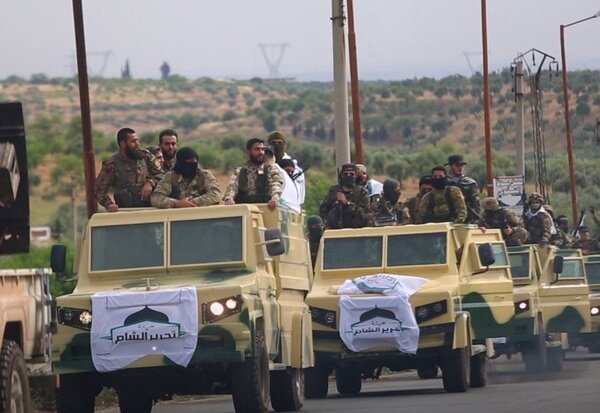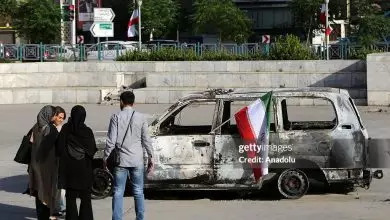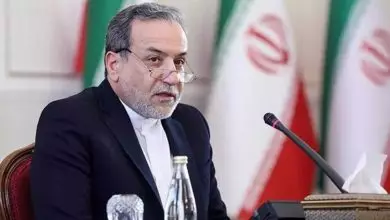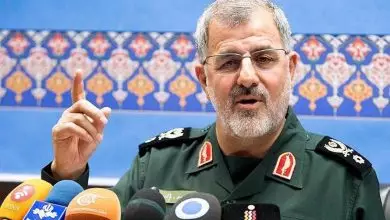HTS named a well-known al-Qaeda linked terrorist as the new head of intelligence in Syria
In a move seen as an effort to consolidate control, the authorities under the leadership of the Hay'at Tahrir al-Sham (HTS) have appointed Anas Hassan Khattab as Syria's new intelligence chief. This appointment comes amidst the administration's broader attempts to strengthen its hold on power throughout the nation.

In a statement released on Thursday, the leadership of the armed opposition groups, which seized control of Syria in early December, announced the appointment of a new intelligence chief.
According to the statement, the appointment is a strategic component of initiatives aimed at overhauling Syria’s state institutions in the aftermath of the collapse of President Bashar al-Assad’s administration.
Khattab has been identified as a prominent leader within Jabhat al-Nusra, a Syrian militant group that is designated as a terrorist organization by the United Nations and several nations.
On September 23, 2014, the United Nations Security Council added him to its sanctions list due to his connections with the global terrorist organization al-Qaeda.
According to the United Nations, Khattab engaged in consistent communication with Al-Qaeda’s leadership in Iraq, playing a pivotal role in orchestrating the financial support and arms provision for the Syrian faction.
On December 10, the newly established authorities in Syria, led by Hayat Tahrir al-Sham (HTS), announced the appointment of Mohammed al-Bashir as the head of their interim administration.
In remarks following his appointment, the newly instated militant prime minister announced that the nation’s transition period is set to continue until March 1 of the forthcoming year.
Al-Bashir was formerly in charge of governing areas controlled by militant groups in Syria’s Idlib province.
In a significant escalation of hostilities, late November saw Hayat Tahrir al-Sham (HTS)-led forces initiating a comprehensive military offensive across the provinces of Idlib and Aleppo.
On December 8, insurgent forces made their way into Damascus, prompting a withdrawal by government troops from the capital.
These developments unfold amid a highly volatile and precarious situation across Syria, where there is a heightened risk of renewed clashes. Sectarian tensions are escalating in the backdrop of persistent political instability and mounting pressures on minority communities.
Protests have broken out across Syria in response to the reported desecration of an Alawite shrine in Aleppo by militants. Armed factions affiliated with Hayat Tahrir al-Sham (HTS) allegedly fired upon demonstrators, exacerbating tensions further.
On Wednesday, large-scale demonstrations erupted across the Syrian cities of Latakia, Tartus, Homs, Hama, and Qardaha, leading to intense clashes. Tens of thousands of protesters participated in the widespread unrest.
In a response to a widely circulated video on social media depicting a blaze within the Sheikh Abu Abdullah al-Hussein al-Khasibi shrine in Aleppo, alongside footage of armed individuals inside allegedly killing the shrine’s guards, demonstrators took to the streets. The incident has sparked significant outrage and condemnation from the Alawite minority community.
Local sources indicate that the demonstrations escalated after armed assailants fired upon protesters in Homs, leading to the death of one individual and wounding five others.
Since March 2011, Syria has been engulfed in a prolonged conflict marked by militancy and widespread destruction, which many attribute to the involvement of the United States and its allied nations.







